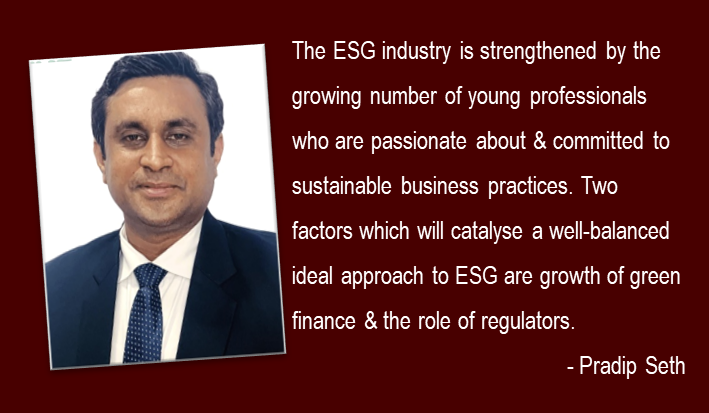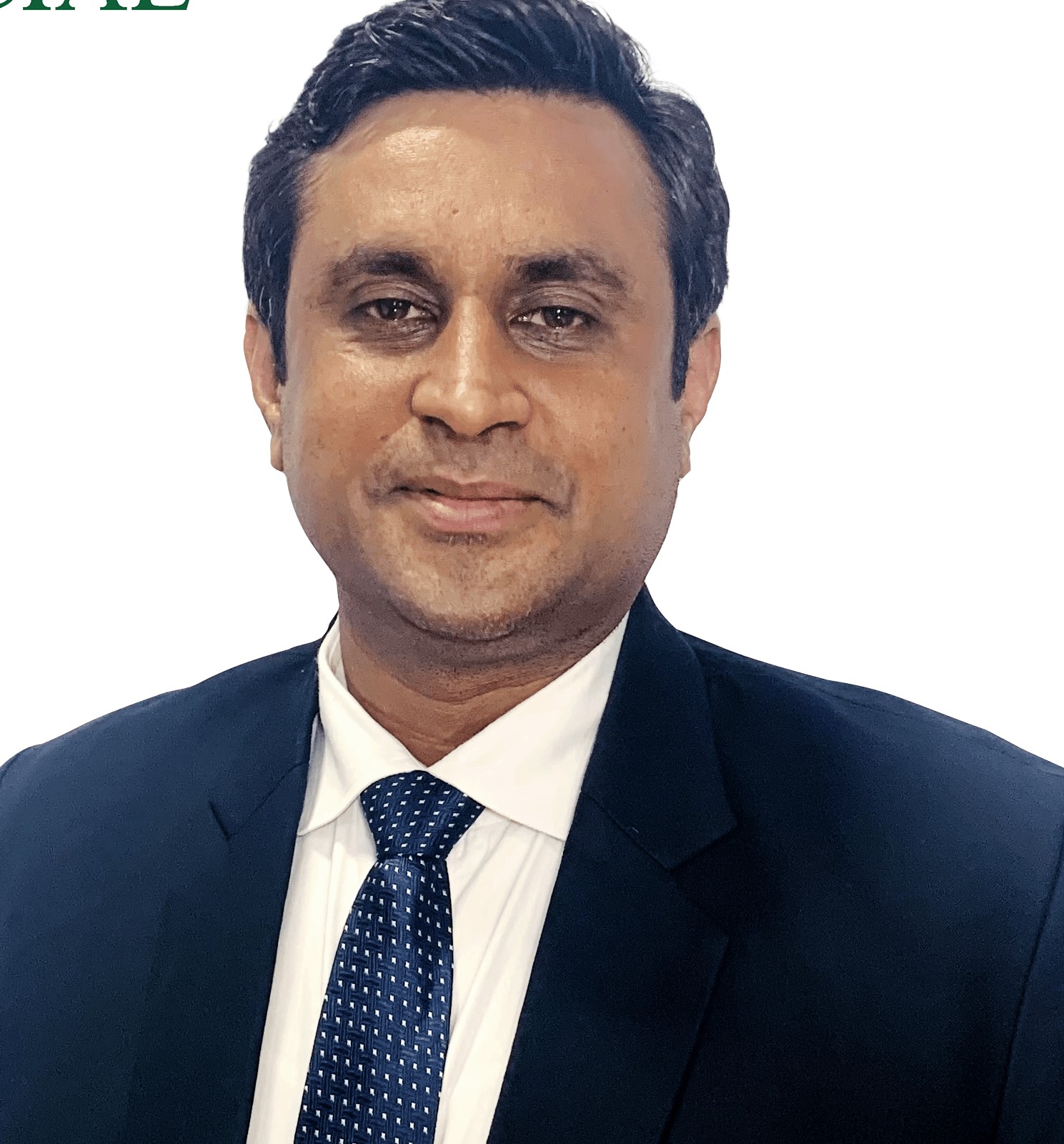Recent years have seen a volley of climate news as well as a multitude of extreme weather events ranging from fires to floods, soaring carbon markets, and the commitment of nations to reach net-zero emissions. While pledging to eliminate the bulk of their emissions, countries left themselves room to offset what cannot be eliminated. It can be done either through photosynthesis, in which case the plants must be protected, or through technology that removes atmospheric carbon dioxide by using a machine. To meet the Paris targets, climate models suggest billions of tons of CO2 must be removed during the second half of the century.
To meet this challenge, improvement in ESG data and disclosures remains in focus. Countries all over the world are taking various steps in this direction. The ESG industry is further strengthened by the rapidly growing number of young professionals passionate about environmental and social issues and committed to sustainable business practices.
In order to have well-balanced ideal approach that is neither too fast nor too slow, two factors will act as a catalyst, growth of green finance and the role of regulators.
Green Finance
In order to spur the growth trajectory of ESG funds, green government bonds are flooding the market with 20 countries issuing such debt this year. Investment in Climate-tech start-ups has reached $60 billion in the first half of 2021 which is more than triple of that in the same period last year. In order to become more climate friendly and more transparent with their ESG standards & disclosures, organizations need to monitor their emissions, energy, water use, and waste and start working to reduce them. For example, if a company uses vehicles fleets for operations, it needs to consider switching partly if not fully, to hybrid or electric in order to reduce the overall emissions. Though this process has a long way to go, and Covid has created enough hinderances already, alternate resources are quickly picking up. Wind and solar plants became 70% and 89% cheaper in the last ten years and their capacity may exceed coal in less than five years.
The coming years present as many opportunities and pose equal or more challenges. While technology may determine the winners, we will continue to search for the right solution.
Role of Regulators
Financial market regulators play a crucial role as facilitators and accelerators when it comes to adopting best practices. SEBI has taken two major steps towards ESG adoption. First, it has updated the Business Responsibility Report (BRR) norms with Business Responsibility and Sustainability Report (BRSR), which is to come into effect this year, in 2022. BRSR disclosures will make an extensive amount of data available to investors, who in turn can take informed decisions and where required hold corporate accountable.
Second, SEBI has issued an invite for suggestions from the public on a consultation paper on the use of ESG frameworks by mutual fund schemes. The proposition of the paper is that these mutual funds use an appropriate benchmark which measures the contribution of the investments.
SEBI has also asked mutual fund houses to use simple language in ESG investment policy related to investments and make necessary disclosures. They have also suggested the use of a scoring methodology to decide which investments are true to label and which aren’t. Certainly, SEBI is ahead of the curve when compared to most emerging markets and some developed markets too.
Furthermore, as ESG frameworks develop and more data is disclosed, they will also aid banks with their lending decisions. Proper and suitable ESG assessment framework can help in assessing the risk of default in the long run, as it has the capability to predict the financial impact of governance, climate and social risks. Bank regulators worldwide are now recommending the use of ESG assessments when evaluating loans, as ESG green lending gains traction.
For these initiatives by regulators to succeed, all the stakeholders will have to understand what ESG is, and more importantly what it is not.
What ESG is not
Not just a risk measure – ESG not only measures risks, but also opportunities, to assess the potential impact on the company’s financial performance.
Doesn’t predict climate – It is a misconception that ESG experts predict climate events. ESG professionals use data analytics to measure how well a company is prepared to safeguard investors’ interests in case any adverse climate events should occur.
Not the same as credit rating – The purpose of credit rating and ESG ratings is different. Credit rating models predict probability of default and ESG ratings help investors to identify which companies are most vulnerable to sustainability risk in the long term.
The views and opinions published here belong to the author and do not necessarily reflect the views and opinions of the publisher.



Be the first to comment on "The Goldilocks approach to ESG and its impact"